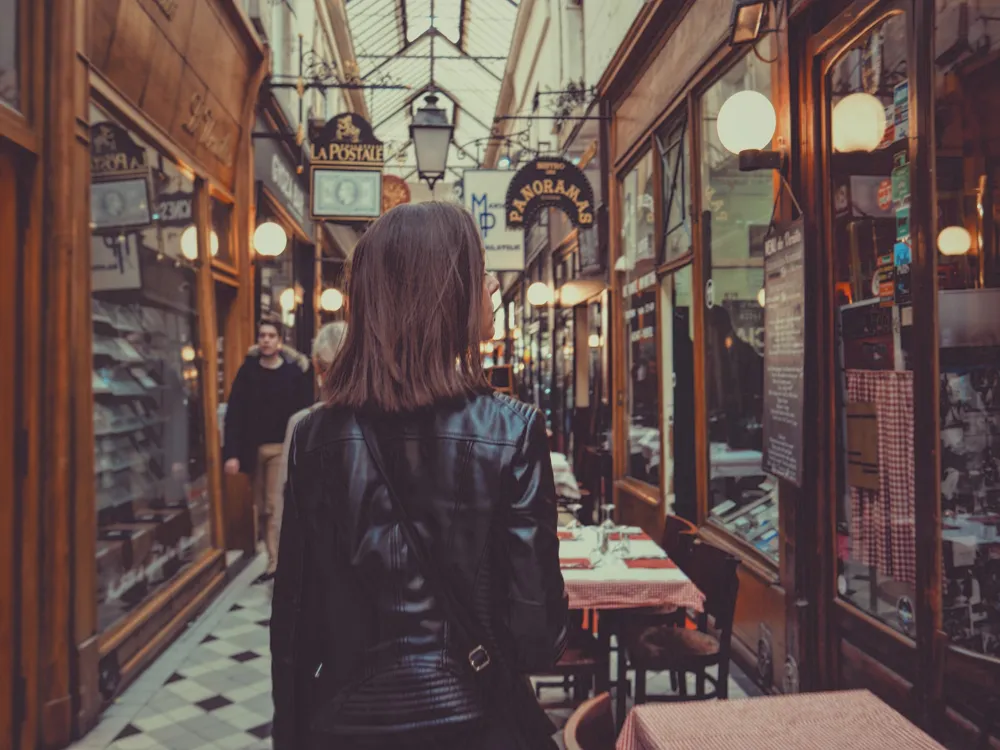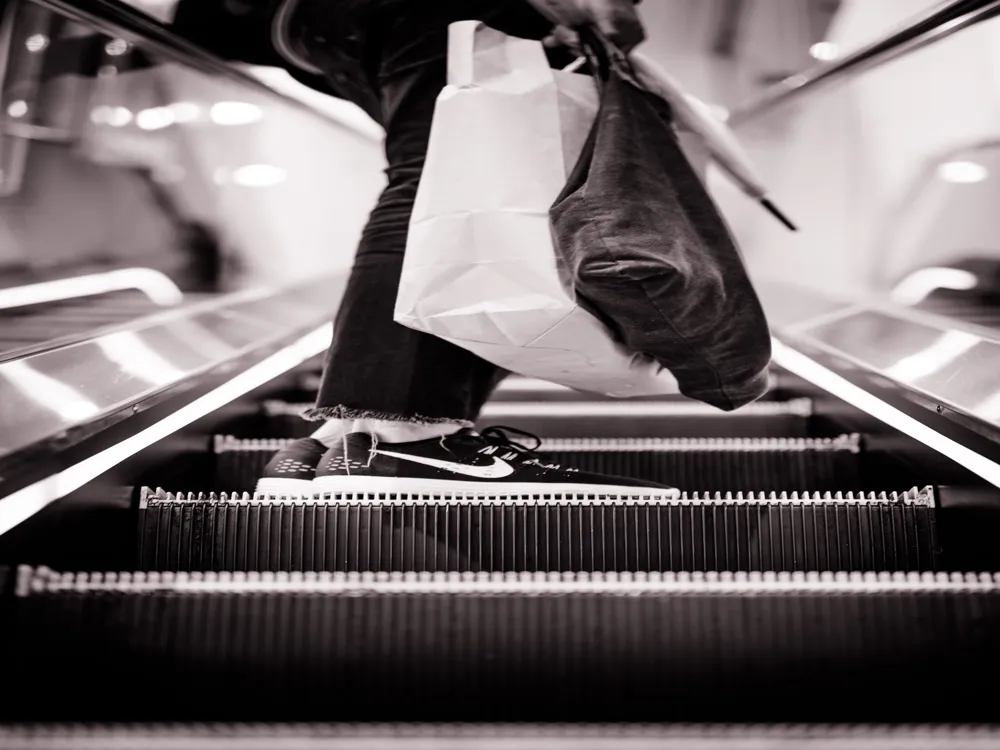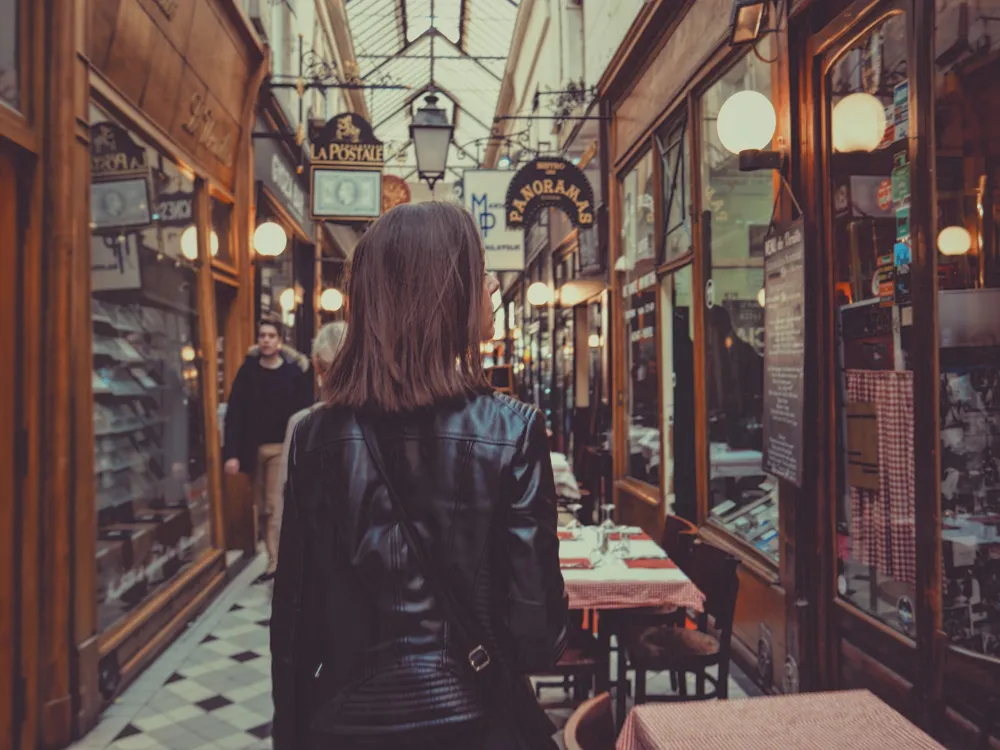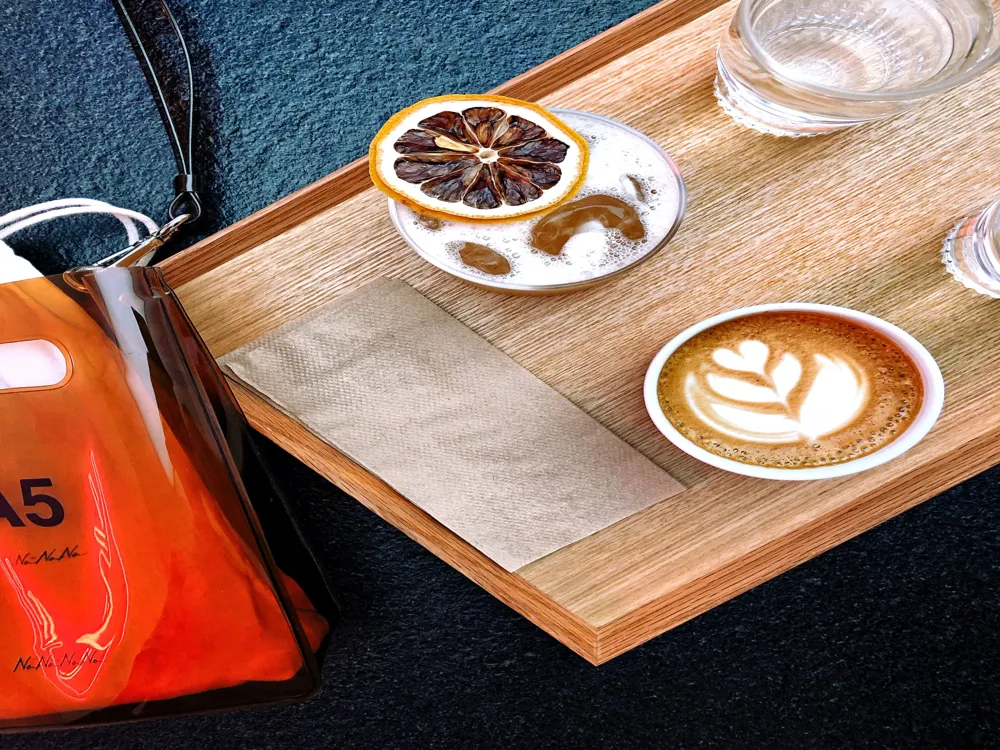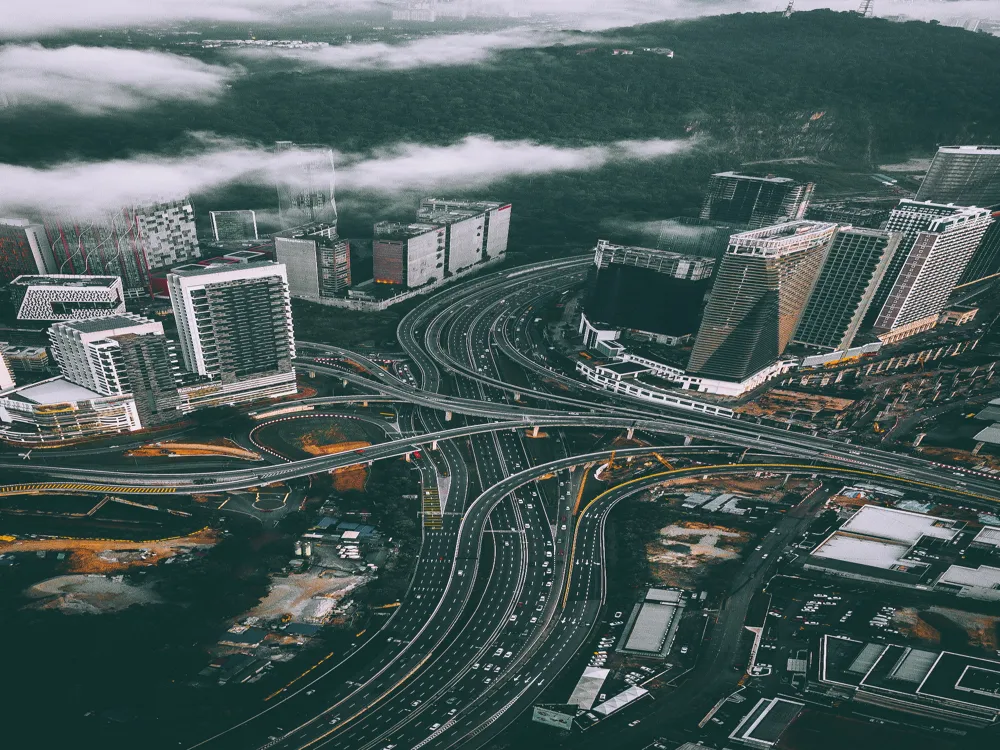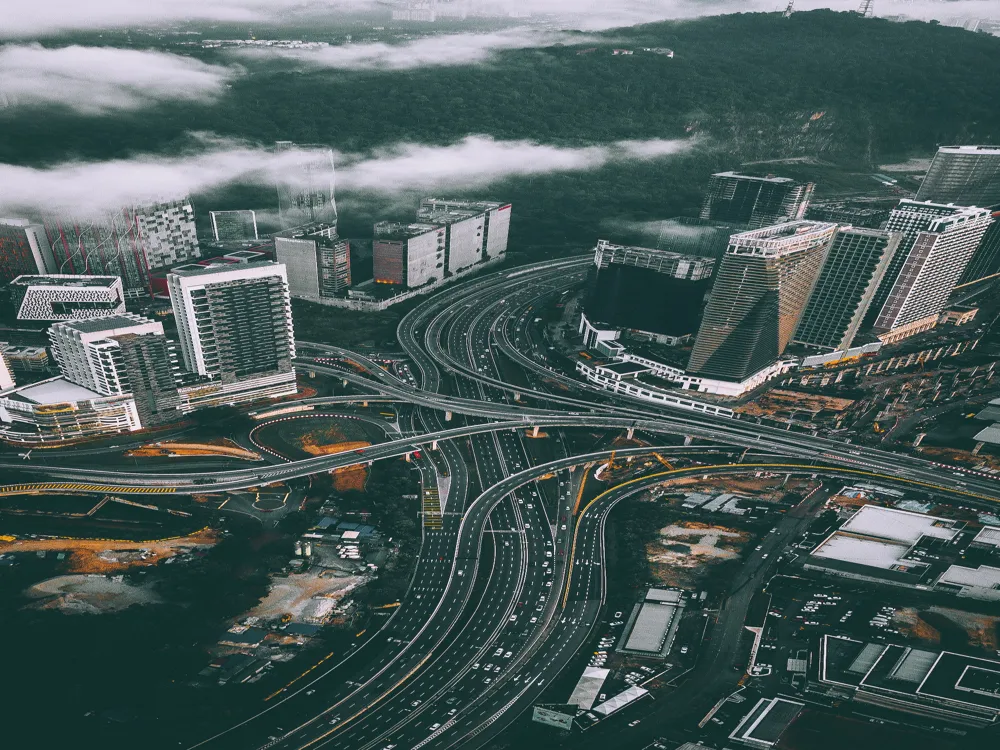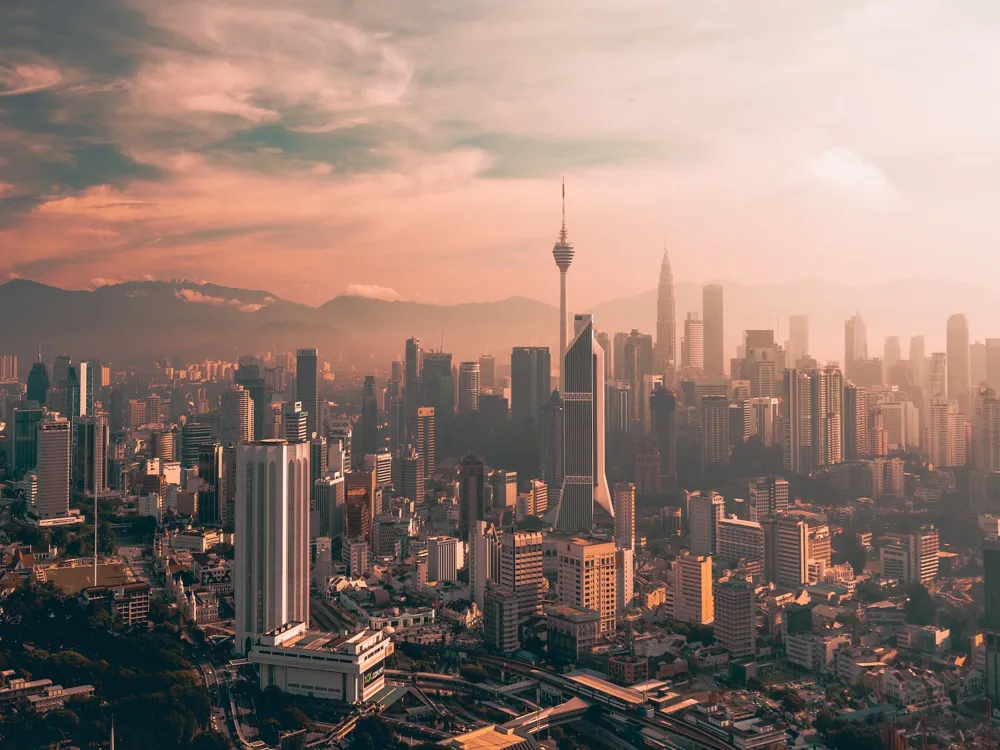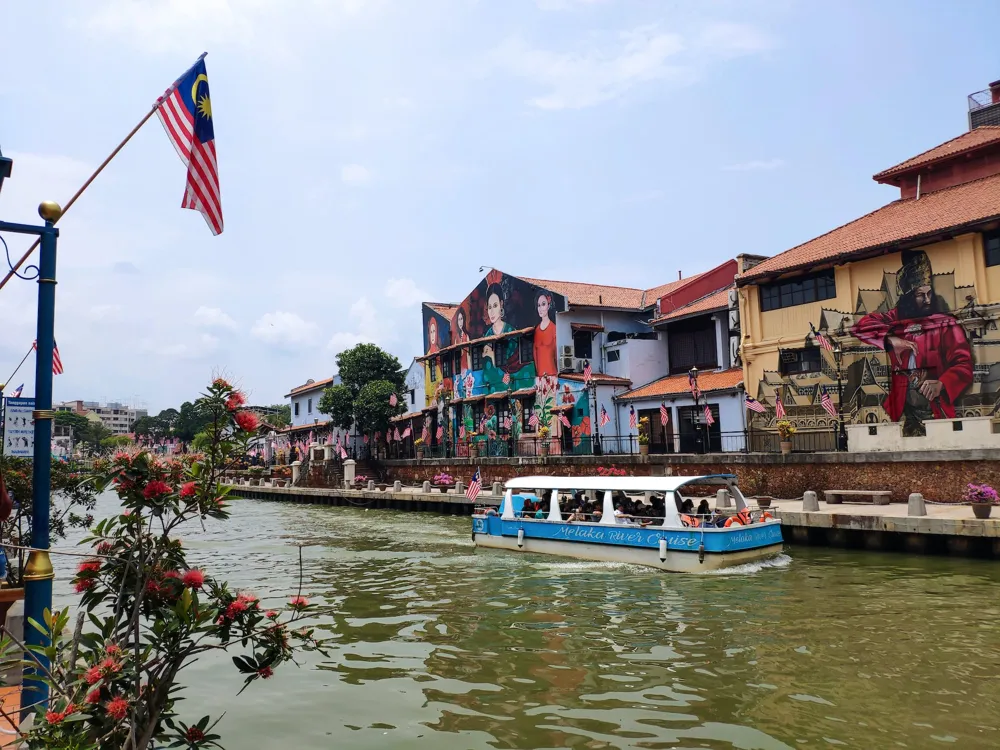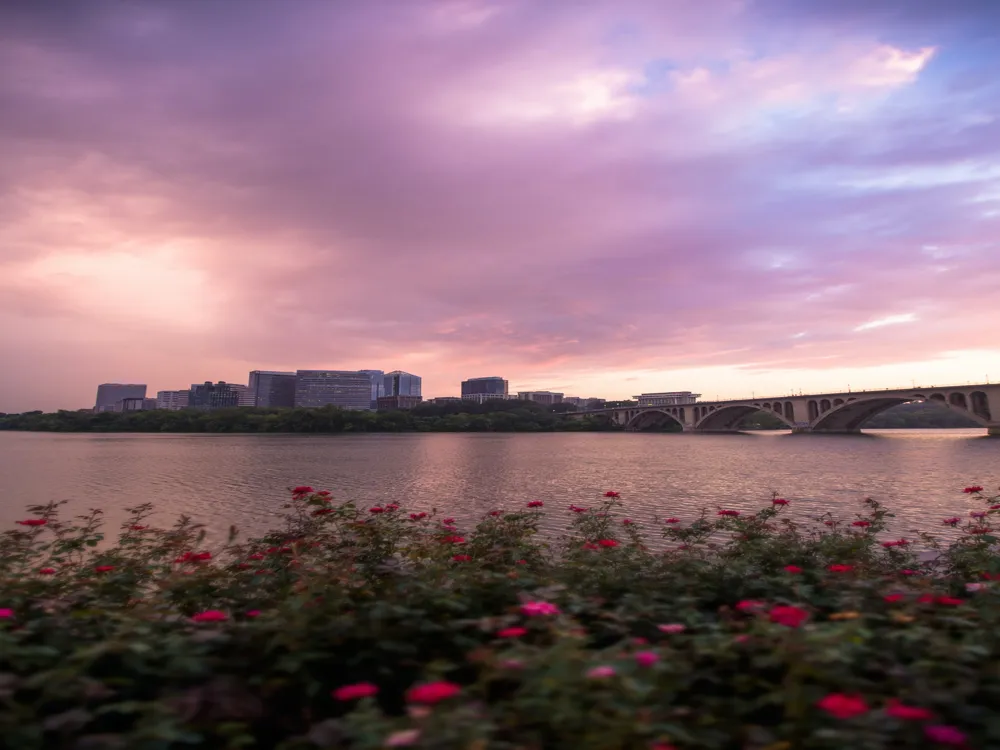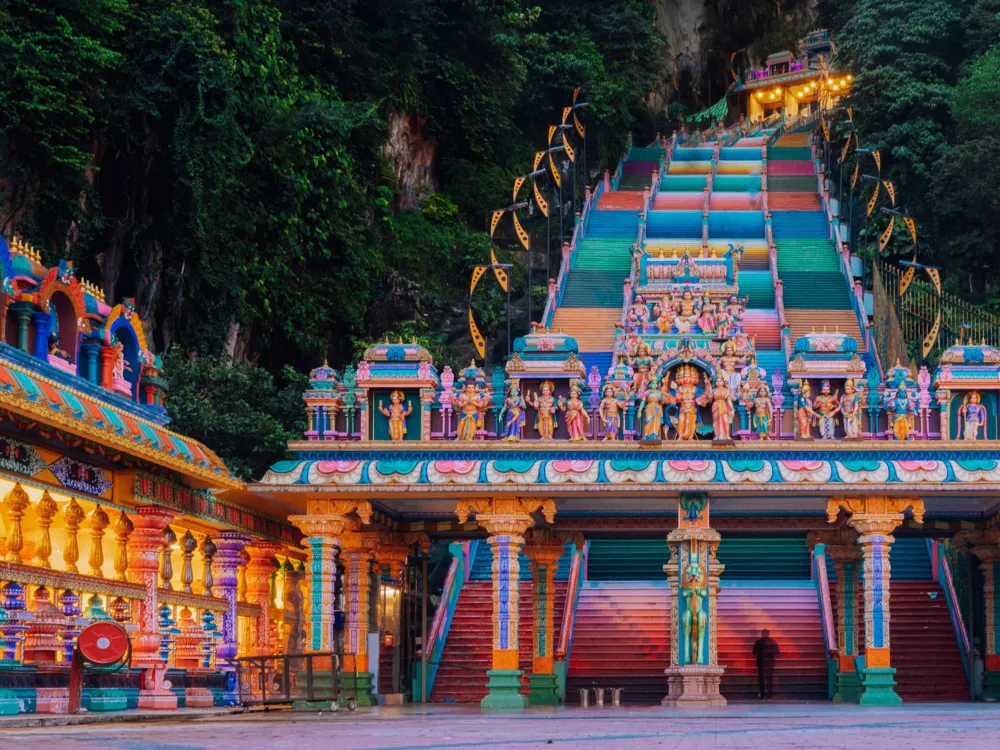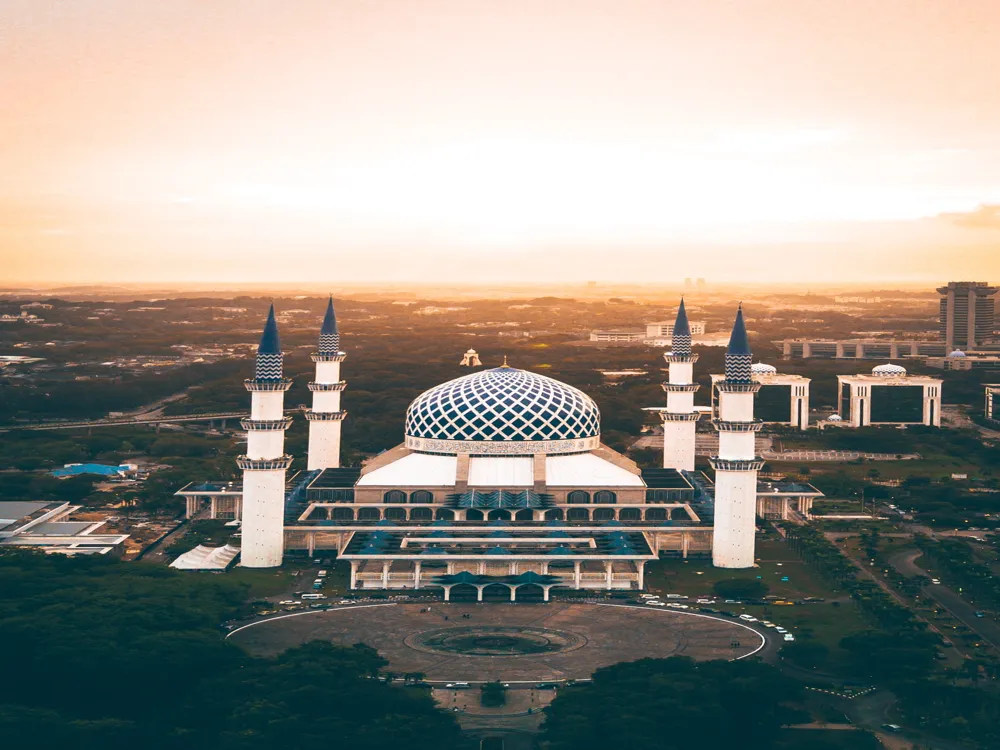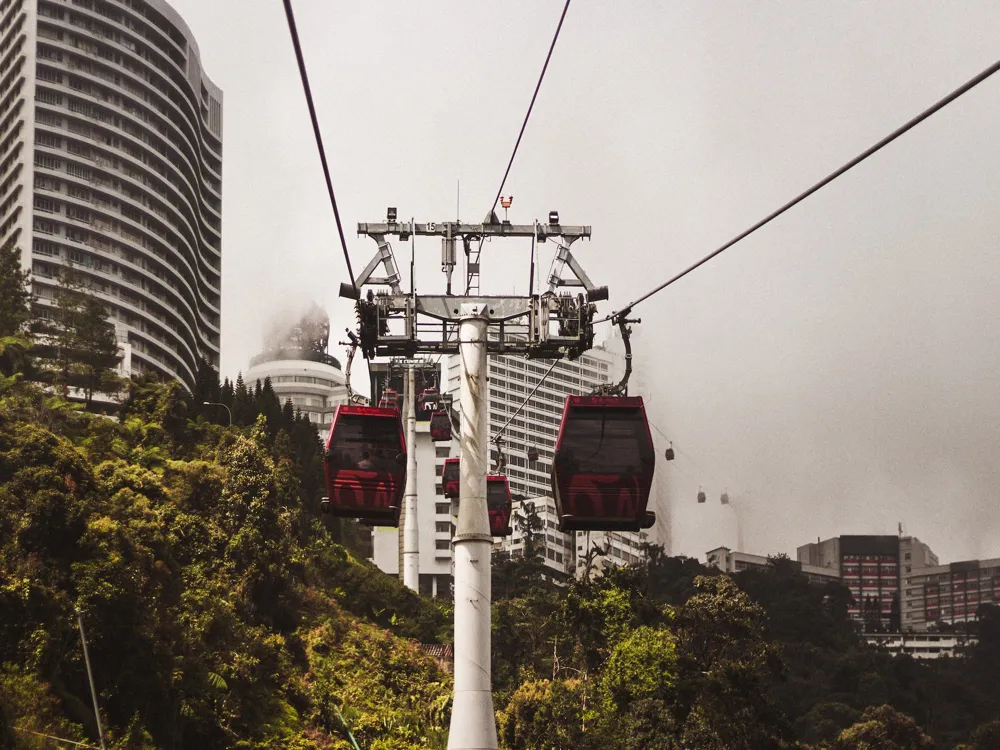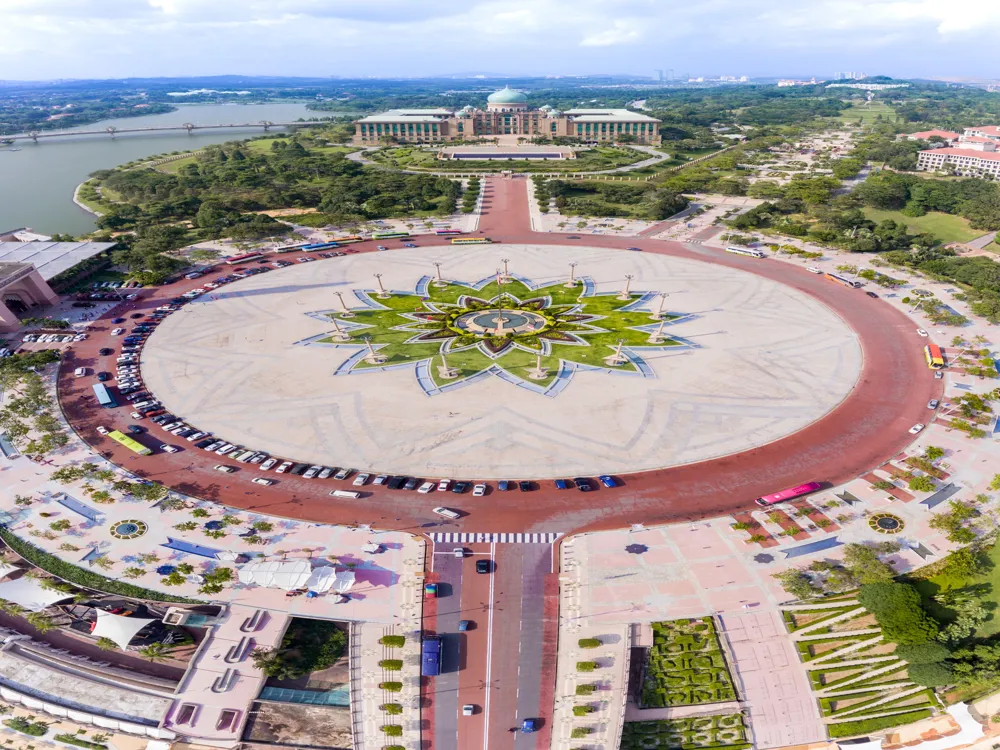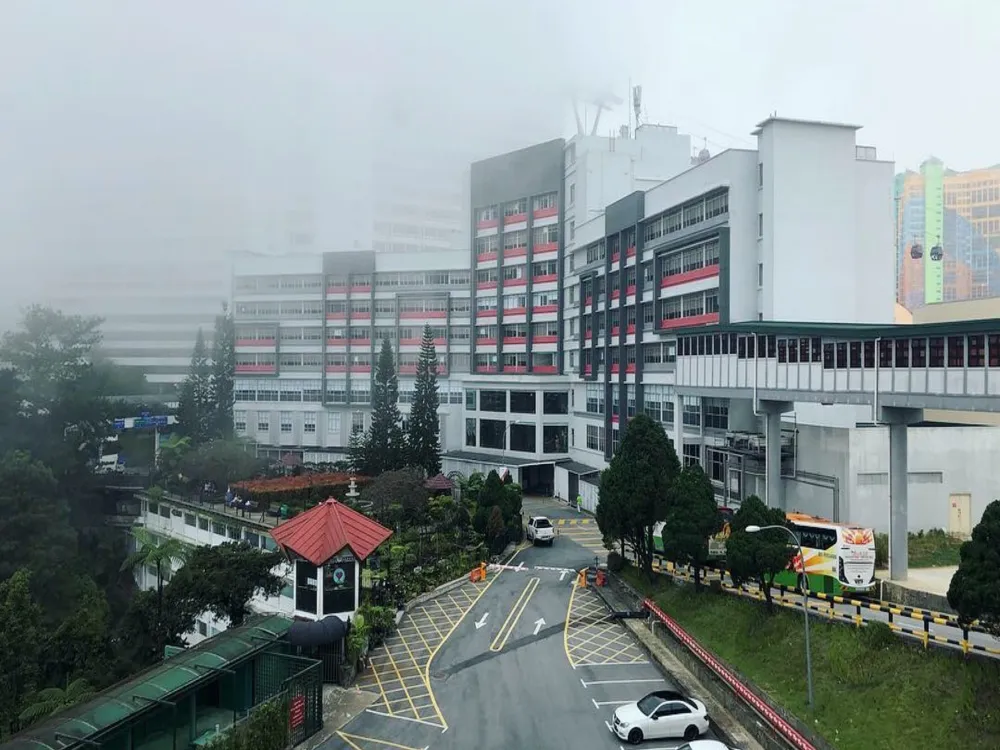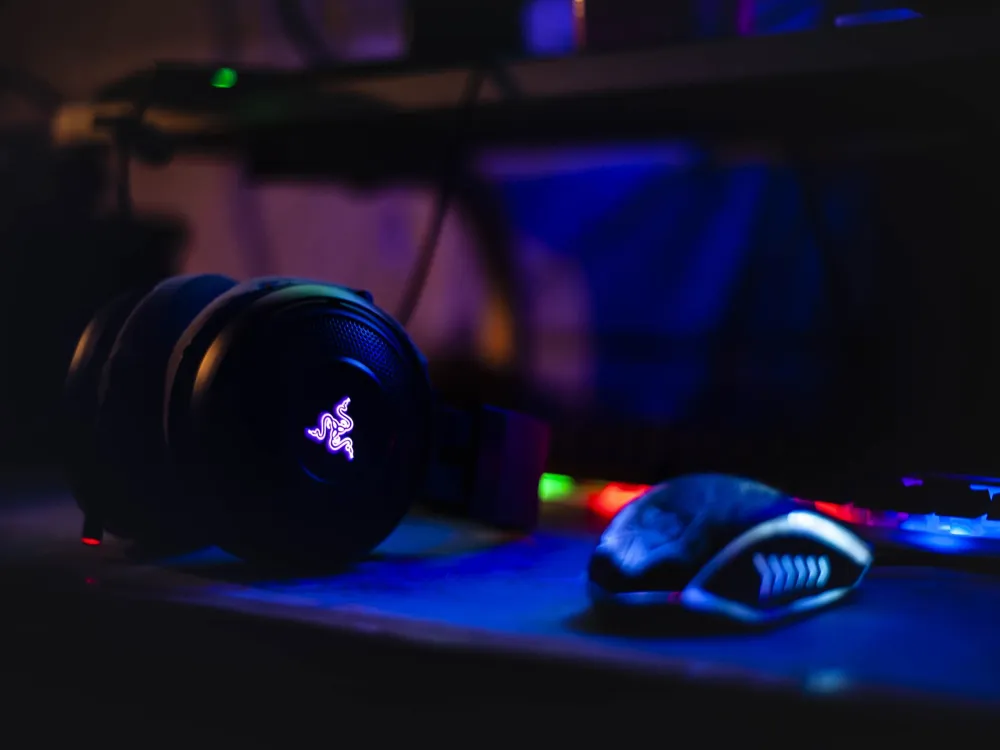Nestled in the heart of Petaling Jaya, Selangor, Wat Chetawan stands as a beacon of cultural and architectural splendor. This temple, also known as the Thai Buddhist Chetawan Temple, is more than just a place of worship; it's a symbol of the rich cultural tapestry of Malaysia. Established in the 1950s, Wat Chetawan has been a cornerstone for the Buddhist community and a fascinating attraction for visitors from around the world. The temple's history is intertwined with the diplomatic relations between Thailand and Malaysia. It was built with the endorsement of the Thai monarchy, signifying the strong ties between the two nations. Over the years, Wat Chetawan has evolved beyond its religious roots to become a center for cultural exchange, learning, and serene contemplation. It's not just a sanctuary for the local Thai community but a welcoming haven for all who seek peace and understanding. The temple's layout reflects traditional Thai architectural designs, characterized by intricately carved roofs, gilded ornaments, and majestic spires known as 'prangs'. The architecture is not only aesthetically pleasing but also steeped in symbolism, with each aspect of the design representing different elements of Buddhist philosophy and cosmology. The main prayer hall, the heart of the temple, is a testament to the exquisite craftsmanship and artistry of traditional Thai artisans. Visitors to Wat Chetawan are greeted by the tranquil ambiance that pervades the temple grounds. The lush greenery, lotus ponds, and gentle sounds of chimes and prayers create an atmosphere that transcends cultural and religious boundaries. The temple is more than just a physical structure; it's a spiritual journey that offers insights into Buddhist teachings, Thai culture, and the essence of inner peace. Wat Chetawan is not only significant for its religious functions but also plays a pivotal role in the community. It hosts various cultural events, religious ceremonies, and festivals, which are a vibrant display of Thai culture and traditions. These events offer a unique opportunity for visitors to immerse themselves in the cultural heritage of Thailand while fostering a sense of community and togetherness. The architecture of Wat Chetawan is a splendid showcase of traditional Thai design, reflecting the ingenuity and spiritual depth of Thai culture. The temple complex is a harmonious blend of intricate detail, symbolic significance, and serene beauty, designed to guide the mind towards contemplation and spiritual awakening. At the forefront of the temple's architectural marvel is the Ubosot, or ordination hall, an embodiment of sacredness and purity. The hall is adorned with handcrafted wood carvings, gold leaf decorations, and exquisite mural paintings depicting scenes from the life of Buddha and Jataka tales. These elements are not just decorative; they serve as a medium for imparting Buddhist teachings and moral values. The central Prang, a distinctive feature in Thai temples, rises majestically at Wat Chetawan. This towering spire, with its multi-tiered roofs and ornamental elements, symbolizes Mount Meru, the center of the Buddhist universe. The Prang is not only an architectural masterpiece but also a representation of the spiritual journey towards enlightenment. Surrounding the Ubosot are several smaller structures, including meditation halls, stupas, and living quarters for monks. These buildings are seamlessly integrated into the natural landscape, creating a space that is both aesthetically pleasing and conducive to spiritual practice. The use of natural light, open spaces, and water features in the temple complex illustrates the Thai architectural principle of harmonizing with the natural environment. The craftsmanship evident in the temple's architecture is a testament to the skilled artisans who have preserved the traditional techniques passed down through generations. From the hand-painted tiles to the intricately carved wooden doors, each element of the temple is a work of art, reflecting the dedication and devotion of its creators. The architectural design of Wat Chetawan goes beyond physical beauty; it's a symbolic representation of the Buddhist path. The ascending tiers of the roofs symbolize the progressive stages of spiritual enlightenment, while the enclosed spaces within the temple encourage introspection and meditation. The temple's layout is designed to guide visitors on a journey through the Buddhist teachings, from worldly concerns towards spiritual liberation. Visitors should wear modest clothing that covers the shoulders and knees. This shows respect for the temple's religious significance. Maintain a quiet demeanor to respect those who are praying or meditating within the temple grounds. While photography is generally allowed, it's important to avoid taking pictures during religious ceremonies or of monks without permission. Participate in local customs with an open mind, such as removing shoes before entering certain areas of the temple. Do not touch or climb on statues and sacred objects within the temple. These are revered artifacts with religious significance. Wat Chetawan is conveniently located in Petaling Jaya and is accessible via various modes of transportation. Visitors can opt for public transport, such as buses and trains, as the temple is well-connected to major routes in the city. For those driving, the temple has parking facilities available. It's advisable to check the latest transport schedules and routes for a smooth journey to this serene and spiritual destination. Read More:Overview of Wat Chetawan, Petaling Jaya, Selangor
Architecture of Wat Chetawan
Tips When Visiting Wat Chetawan
Dress Appropriately
Observe Silence
Photography Etiquette
Respect Cultural Practices
Be Mindful of Sacred Objects
How To Reach Wat Chetawan
Wat Chetawan
Petaling Jaya
Selangor
NaN onwards
View petaling-jaya Packages
Petaling-jaya Travel Packages
View All Packages For Petaling-jaya
Top Hotel Collections for Petaling-jaya

Private Pool

Luxury Hotels

5-Star Hotels

Pet Friendly
Top Hotels Near Petaling-jaya
Other Top Ranking Places In Petaling-jaya
View All Places To Visit In petaling-jaya
View petaling-jaya Packages
Petaling-jaya Travel Packages
View All Packages For Petaling-jaya
Top Hotel Collections for Petaling-jaya

Private Pool

Luxury Hotels

5-Star Hotels

Pet Friendly







